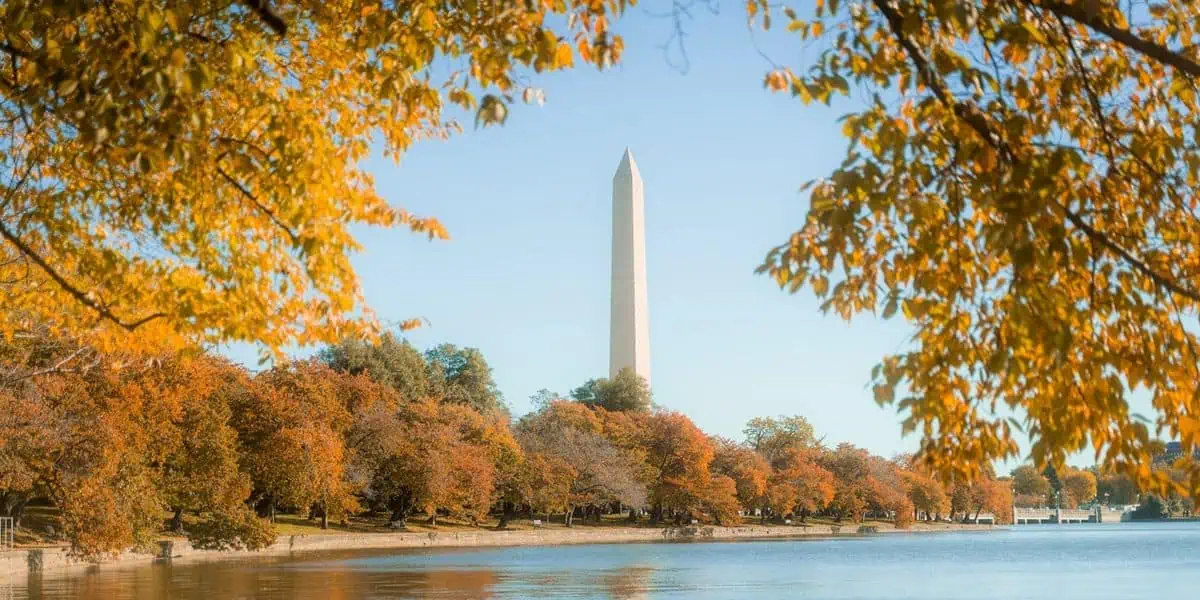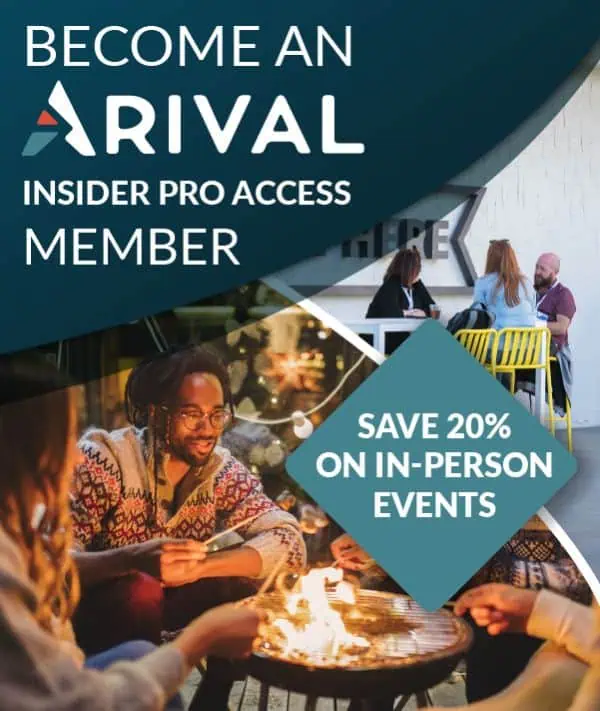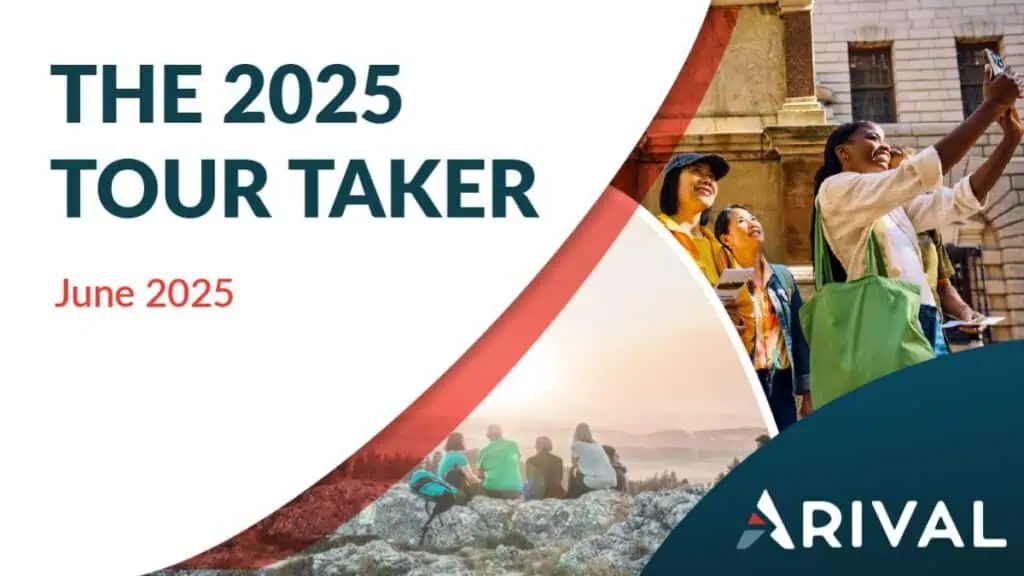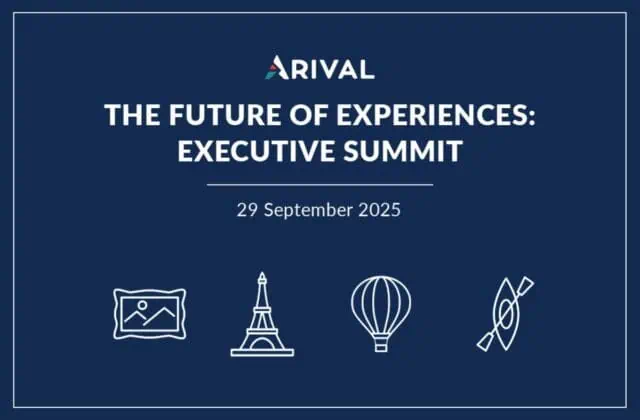“Know your audience” is second nature advice for anyone in marketing, advertising, and storytelling in general.
However, knowing your audience doesn’t mean you should be limited by them. According to Amanda Blackman, Chief Strategy Officer of AKA, “the world’s largest advertising agency globally that focuses on getting people to go places,” many attractions fall into the trap of marketing to the same groups of people, missing an opportunity to diversify beyond a familiar market segment — and grow.
For attractions and experience operators who continue with business as usual by focusing on the same audiences, Blackman explains, “they’re missing out on revenue, a whole new group of people who are going to pay to buy tickets.”
So how can attractions and experience operators expand their audiences by diversifying their marketing strategies? Here are some of Blackman’s insights below, in a preview of AKA’s upcoming sessions on The Future of Attractions Marketing and Why Diversifying Audiences is Critical at Arival 360 | Orlando 2023.
It’s About Revenue: Why Diversifying Your Audience is Essential
Digital marketing technologies have changed the way attractions can put themselves in front of audiences. With Facebook ads, for example, you can break your audience down by age, area, gender, interests, page visitors and their friends.
However, a pitfall of digital targeting is that companies are talking to the same people that have come before… and their lookalikes.

Although this may be a great place to start, Blackman explains, “the challenge is when you’re not doing enough to get new people into the funnel you aren’t talking to some of those new audiences who could bring in a lot of revenue for you.”
“By 2030 there will be 22 million more adults in the U.S.” adds Blackman. “One in five will be over 65, and diversity — both in race and country of origin — will continue to increase. That’s a lot of potential customers for attractions and destinations. But as the demographics of the country evolve, advertising simply can’t have a one-size-fits all approach.”
In order to future-proof themselves and increase their revenue-earning potential, says Blackman, attractions small and large alike need to focus on diversifying their audiences, and finding ways to increase their relevance and resonance with a wider target market. So where do you start?
1. Define Diversity For Your Attraction
This will be different for everyone, Blackman explains. Audience research for a small attraction can start with simply talking to the staff. For larger attractions, it may involve data and focus groups.
Blackman is quick to point out that diversity is not necessarily about race, gender or the differently-abled — although it can include all of those factors.
“Ideally, the demographic breakdown of people coming to your specific attraction mirrors the demographic breakdown of your specific area,” advises Blackman. What types of people and groups are coming through your doors, and how does that reflect the wider demographics of your region, including the demographics of inbound travelers to your region?
Take an immersive art exhibition as an example. “The trap would be only talking to arts and culture aficionados,” or “culture vultures,” explains Blackman, and not opening up your marketing to a larger group including families or “social fun seekers,” defined as “people who like to go do things.”

“Diversifying also might be for a water park,” Blackman adds. “Getting more couples and groups of friends to come, beyond just families.”
2. Focus on Awareness Marketing & First-Party Data
Once you’ve identified what diversity means for your attraction and your region, you can begin to reach out to a wider target audience through awareness marketing.
“We in the attractions business tend to focus solely on conversion marketing,” says Blackman, “but you can’t fill a funnel from the bottom.” Awareness marketing is important for expanding the top of your marketing funnel, and getting more people to be aware of the experience your attraction offers.
“They may take a little longer to convert,” says Blackman, “they may not know what an immersive art exhibition is… They’re gonna need to see a little bit more, but then it opens up an entirely new audience to you. It’s lots more revenue. Those people will tell other people.”
One way attractions can lean into awareness marketing is through levelling up their first-party data, which is particularly important as we move into a “cookie-less future.”
“It’s time to get people to start signing up,” advises Blackman. “Newsletters, loyalty programs, contests… if you’re a seasonal attraction, start doing some lead generation months out to get people to sign up to be the first to hear. First access tickets or special tickets, those sorts of things… First party data is going to be very, very important.”
30 September – 3 October 2025
Insider Pro Access Members Save 20%
THE event of the year for solutions-focused In-Destination Experience creators and sellers
Get Your Spring Savings Ticket Today!
3. Increase Relevance & Resonance
When surveying people who do not purchase tickets, Blackman shares, “every survey across the board… their number one and two reasons are always ‘I didn’t think of it,’ or ‘I didn’t think it was for me.’”
This is a problem of relevance and resonance. As Blackman explains:
- Relevance means potential audiences asking “is this for someone like me? Do I see myself and people like me at that experience? Am I reflected in the advertising and the language? Does it speak to me? Do I see my friends or the people I follow on social experiencing this attraction or destination and are they recommending it?”
- Resonance means getting in front of people at the right time — when they are planning their trips and deciding what to do. And, not just being there, but resonating with those audiences: “younger audiences are really looking for brands and attractions to live their values.”
To increase relevance and resonance, attractions need to go beyond the cringeworthy “diversity” stock photos. Instead, Blackman advises, attractions should be looking at things like:
- how their video assets reflect diversity to appear relevant to a wider variety of audience types;
- working with influencers — and not just any influencers, but those that will resonate with potential audiences, and
- “how to use trends [such as TikTok] and collabs to get in front of those new audiences as well… talking to new people in new ways to fill our funnels.”
@sharkonbroadway The Shark Is ✨Iconic✨ We’re having the best time making a splash on Broadway with you!
♬ original sound – The Shark is Broken
A new way to promote Broadway: the above TikTok was part of a campaign by AKA to promote the show The Shark is Broken, and uses the audience themselves to share the message that the show is for anyone: “You don’t have to be a Jaws fan to like this.”
Learn More about Attractions Marketing at Arival 360 | Orlando
AKA will be going into more detail on how to diversify your audience and increase your relevance and resonance including through awareness marketing, working with influencers, and hot topics in marketing trends, on the main stage at Arival 360 | Orlando this October.
Also in the Attractions Forum, we’ll be diving into topics from variable and dynamic pricing to AI for attractions to diversifying your distribution channels, and hearing from keynote speakers like Merlin Entertainments CEO Scott O’Neill. We hope to see you there!
Become an Insider Pro Access member today and get access to the full library of Arival research, plus many other benefits such as free consulting sessions, special discounts and 20% off in-person events, starting from $179 per year.
Sign up to receive insights tailored for the in-destination industry as well as updates on Arival.
Header photo: Pexels / Harrison Haines

















